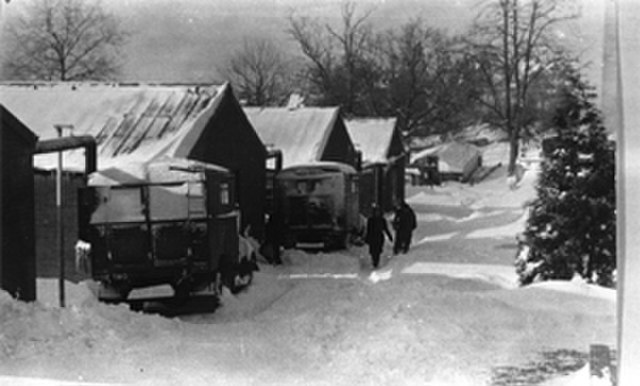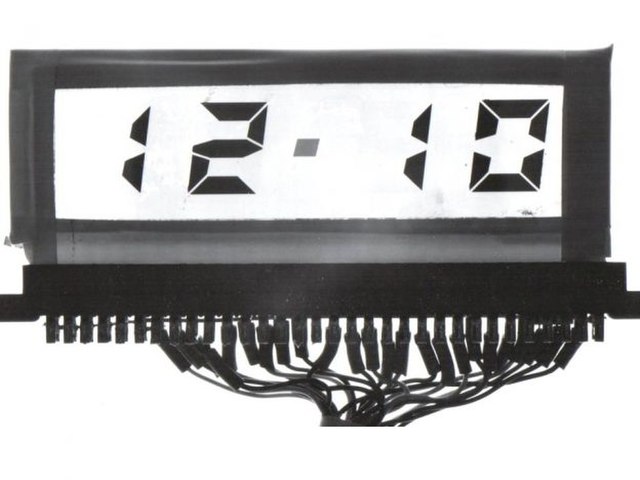Telecommunications Research Establishment
The Telecommunications Research Establishment (TRE) was the main United Kingdom research and development organisation for radio navigation, radar, infra-red detection for heat seeking missiles, and related work for the Royal Air Force (RAF) during World War II and the years that followed. It was regarded as "the most brilliant and successful of the English wartime research establishments" under "Rowe, who saw more of the English scientific choices between 1935 and 1945 than any single man."
Huts of the TRE, Malvern, winter 1942-3
Radar research memorial at St Aldhelm's Head near Worth Matravers, unveiled by Sir Bernard Lovell
Royal Radar Establishment
The Royal Radar Establishment was a research centre in Malvern, Worcestershire in the United Kingdom. It was formed in 1953 as the Radar Research Establishment by the merger of the Air Ministry's Telecommunications Research Establishment (TRE) and the British Army's Radar Research and Development Establishment (RRDE). It was given its new name after a visit by Queen Elizabeth II in 1957. Both names were abbreviated to RRE. In 1976 the Signals Research and Development Establishment (SRDE), involved in communications research, joined the RRE to form the Royal Signals and Radar Establishment (RSRE).
Demonstration digital clock using Cyanobiphenyl liquid crystals made at RRE in 1973
Gloster Meteor NF.11 fitted with modified radar nose during trials work when allocated to the RRE during 1976.




